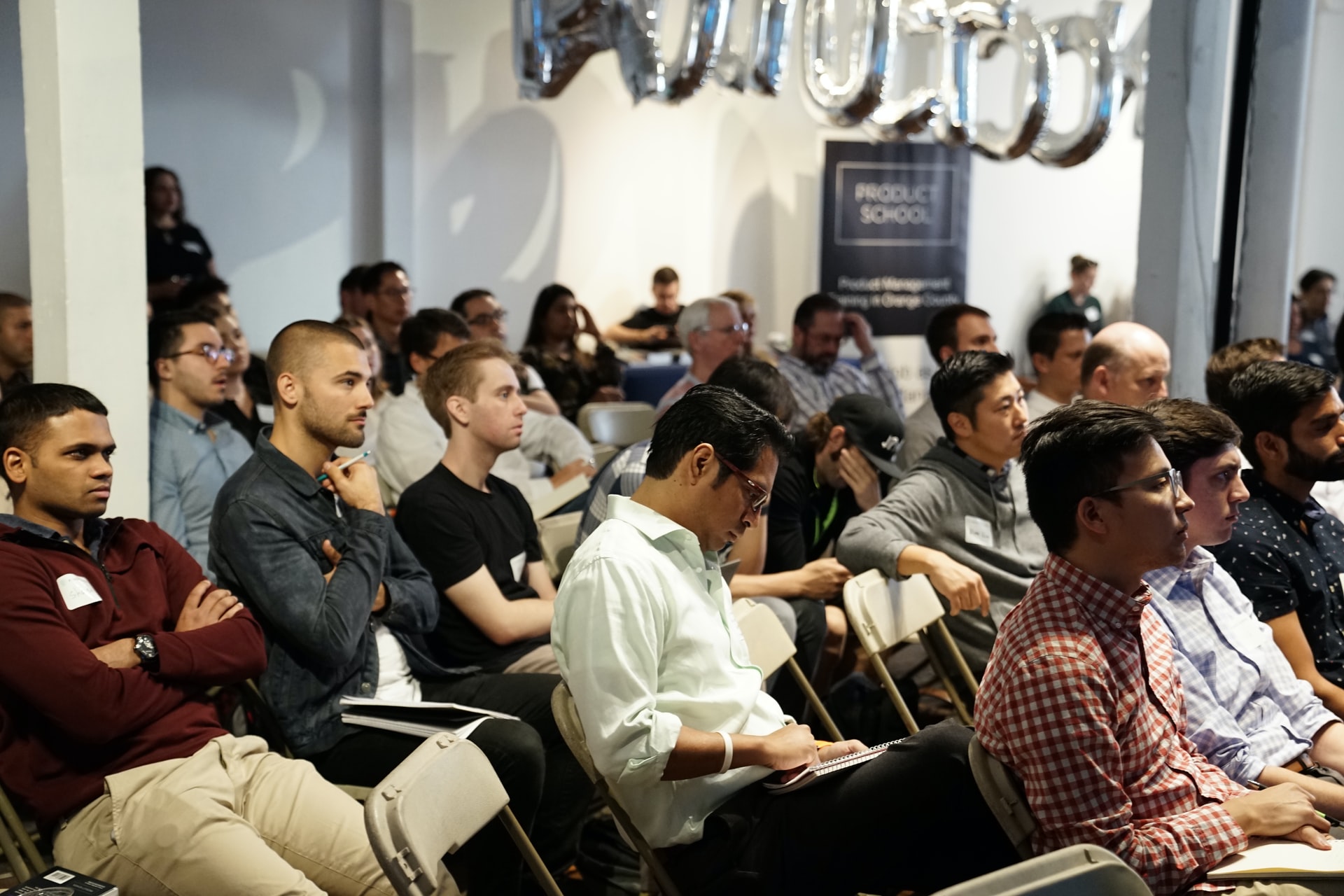Introduction to stakeholder analysis and engagement

Introduction
Identification of stakeholders, and developing a plan for their participation throughout the screening process will be based on sound stakeholder analysis. Not all stakeholders have equal access to information and some may require more support in order to be able to participate on an equal footing with others. The sub-themes are likely to include participatory exercises, as well as simple checklists and guidance briefs for stakeholder analysis.
The word ‘stakeholder’ and the word ‘participation’ are jargon words that have different meanings for different people and thus it can be difficult to understand what people are trying to say when they use these words. As they are used together to describe a process that is supposed to be transparent and inclusive this can be quite frustrating.
A stakeholder is only defined in reference to a particular issue e.g. as a resident you may be a stakeholder in a decision about what kind of flood warning system should be used in your area. You would not be a stakeholder in a decision about flood warning in an adjoining area although the water company might be a stakeholder in both decisions.
There are many definitions of the word. Glicken uses:
‘a stakeholder is an individual or group influenced by and with an ability to significantly impact (positively or negatively) the topical area of interest‘ Glicken, 2000
The term can be further divided into primary stakeholders (those ultimately affected, either positively or negatively), and secondary stakeholders (intermediaries in the process). Van Asselt et al, 2001, distinguish five categories of potential participants related to public participation:
- Government
- Citizens
- Interest groups, such as non-governmental organisations (NGOs)
- Business
- Scientific experts
Stakeholder or community participation can be broadly understood as:
‘The active involvement of people in making decisions about the implementation of processes, programmes and projects which affect them’ Slocum et al, 1995
Although the following definition;
‘Participatory methods are methods to structure group processes in which non-experts play an active role and articulate their knowledge, values and preferences for different goals‘ Van Asselt et al, (2001) is useful in emphasising the role of non-experts.
The influence of participatory approaches has extended rapidly since the 1980s. However, there is still a reluctance from people in positions of power to use these approaches as it is felt that it requires them to hand over their authority. Participation is seen as a threat to those who favour more traditional or ‘top-down’ approaches. In reality, there is a place for both approaches. Bottom-up, participatory approaches can rarely fully replace traditional, ‘op-down’ ones only inform them and influence the decisions made to a greater or lesser extent. You can think of this as two triangles with the centre of gravity (the most stable position) being located between the two (Downs, pers. comm.)

One of the key challenges to any effective stakeholder engagement approach is to link up good initiatives undertaken at the local level with influential people and policy makers. Without good links to people with influence over resources or power to change structural constraints nothing may actually change despite all the effort put into understanding things on the ground (see Rowley 2006b). Any changes to the way decisions are made can feel threatening to the established ‘status quo’ and people with power and influence may be very resistant to giving this up. If they are left out of the process and only presented with the final output they are unlikely to be supportive. They need to be convinced of the benefits of this new way of working. A good stakeholder engagement process would involve a thorough analysis of the main individuals and groups that need to be involved in order to have a successful project.
References
Adger, N. (2001) Social Capital and Climate Change, Tyndall Centre, Working Paper, 8.
Adger, N., Fuq, S., Brown, K., Conway, D. & Hulme, M. (2002) Adaptation to Climate Change: Setting the Agenda for Development Policy and Research, April 2002, Tyndall Centre, Working Paper 16.
Agraval, A. (2001), Common Property Institutions and Sustainable Governance of Resources, World Development, Vol. 29, No. 10, pp 1649-1672.
Allen, W. and Kilvington, M., (1999) Why involving people is important: the forgotten part of environmental information system management, Proceedings: 2nd International Conference on Multiple Objective Decision Support Systems for Land, Water and Enviromental Management, (MODSS ’99)
Brisbane, Australia, 1-6 August 1999. http://nrm.massey.ac.nz/changelonks/envinfsys.html
Building Alternatives (2001), Mapping Matters Final Report, accessed through http://www.oxford.gov.uk/mappingmatters
Clayton, A., Oakley, P. and Pratt, B. (1997) Empowering People – a guide to participation, UNDP/INTRAC, Oxford.
Downing, T.E., Bakker, K., Lonsdale, K., Summerton, N., Swyngedouw, E. and Giansante, C. (2000), Expert Stakeholder Particpation in the Thames Region, SIRCH Final Report, Environmental Change Institute, Oxford.
Fahey, L. and Randall, M. (1998) ‘What is scenario learning?’ Learning from the Future, L. Fahey and M. Randall (eds), Wiley, USA.
FAO, (1997) Gender and Participation in Agricultural Development Planning: key issues from 10 case studies, Working Document, Women in Development Service, Rome.
Gleave, D. (2001) Training notes on consensus building (unpublished). Multium Communications, London
Glicken, J. (2000), Getting stakeholder participation ‘right’: a discussion of the participatory processes and possible pitfalls. Environmental Science and Policy, 3, 305-310.
Guerts, J. and Duke, R. Gaming/Simulation as participatory policy analysis, ASPA Atlanta, USA.
Gujit, I. (1993) Methodological Innovations in Burkina Faso with village network mapping, Sustainable Agriculture Programme, IIED, London.
Heijmans, A. (2001), Vulnerability: a matter of perception, Benfield Greig Hazard Research Centre Working Paper 4, University College London. www.bghrc.com
Hemmati, M. (2000) Access and Benefit-Sharing:Building Equitable Partnerships between Local Communities and International Corporations?, Background paper at the Joint UNED Forum, UN Commission on Sustainable Development, 8th Session, www.unedforum.org/publi/abs/abs discussion.htm and abs background.htm.
Hemmati, M. (2002) Multi-stakeholder processes for governance and sustainability, Earthscan, London.
Huq, S. (2002) The Bonn-Marrakech agreements on funding: how should the money for adaptation be spent?, Climate Policy, 73, 1-5.
Institute of Development Studies, (2000) Pathways to Participation: a retreat for critical reflection on participatory rural appraisal, IDS, University of Sussex, UK.
Kain, M. (2002) Training notes on working in groups (unpublished).
Kaner, S. (1998) Facilitator’s Guide to Participatory Decision-Making, New Society Publishers,
Langford, A. (1998) Designing Productive Meetings and Events: how to increase participation and enjoyment, South Oxfordshire District Council, www.southoxon.gov.uk/agenda21
Mikalsen, K.H. and Jentoft, S. (2001), From User Groups to Stakeholders? The public interest in fisheries management, Marine Policy 25, pp 281-292.
Mitchell, R.K., Agle, B.R. and Wood, D.J. (1997) Toward a theory of stakeholder identification and salience: defining the principle of who and what really counts. Academy of Management. The Academy of Management Review; Mississippi State.
Mohan, G and Mohan, J. (2002) Placing Social Capital, Progress in Human Geography, 26, 2, pp 191-210.
Napper, R. & O’Donohue (2002) Dealing with Conflict, training programme notes for Oxford City Council.
New Economics Foundation, (1995) Participation Works! NEF and the UK Community Participation Network.
O’Donohue (2002) Some notes on change (pers comm.)
Pretty, J., Gujit, I., Thompson, J. and Scoones, I. (1995) Participatory Learning and Action: a trainers guide, IIED, Participatory Methodology Series.
Rahnema, M. (1992) Paerticipation in Sachs, W.(ed.) The Development Dictionary – a guide to knowledge ad power. London, Zed Books, pp116-131.
Ruukato, H. and Osborn, D. (2001) Count us in. Count on us. UNED Forum International Workshop on Multi-Stakeholder Processes, New York, 28/29 April 2001.
Sherman, R. (2001) You have been consulted!: Climate change multi-stakeholder dialogues in South Africa. Presentation to the UNED Forum MSP Workshop, New York, 28th April 2001.
Smith, G. and Wales, C. (1999) ‘The Theory and Practice of Citizens Juries’ Policy and Politics: studies of local governments and services’ 27 (3), 295-308.
Sustain (2000) Reaching the Partscommunity mapping: Working together to tackle social exclusion and food poverty. Published by sustain: the alliance for better food and farming in association with Oxfam’s UK Poverty Programme.
The Environment Council,(1998) Working With your Stakeholders: Resolving conflict and building consensus in environmental issues, Course Workbook.
Twigg, J. (2001) The Age of Accountability: Community involvement in disaster reduction. http://www.bghrc.com
Twigg, J. (with others) (2001) Guidance Notes on Participation and Accountability, Benfield Grieg Hazard Resaerch Centre, University College, London http://www.bghrc.com
Van Asselt, M.B.A., Mellors, J., Rijkens-Klomp, N., Greeuw, S.C.H., Molendijk, K.G.P., Beers, P.J. and van Notten, P. Building Blocks for Participation in Integrated Assessment: a review of participatory methods. International Centre for Integrative Studies (ICIC) Working Paper: I01 – E003.
Van der Werff, P. and Gupta, J. Stakeholder Research From Normal to Post-Normal Approaches, Institute for Environmental Studies, Vrije Universiteit, Amsterdam. Wild, A. and Marshall, R. (1999) Participatory Practice in the Context of Local Agenda 21: a case study evaluation of experience in three English local authorities, Sustainable Development, 7, pp 151-162.
Wilcox, D. Guide to Effective Participation [1]
Woodhill, J. and Robins, L. Participatory Evaluation for Land Care and Catchment Groups: A Guide for Facilitators, Greening Australia Ltd. http://greeningaustralia.org.au World Bank, (year unknown), The World Bank Participation Sourcebook. The World Bank Institute.
(0) Comments
There is no content